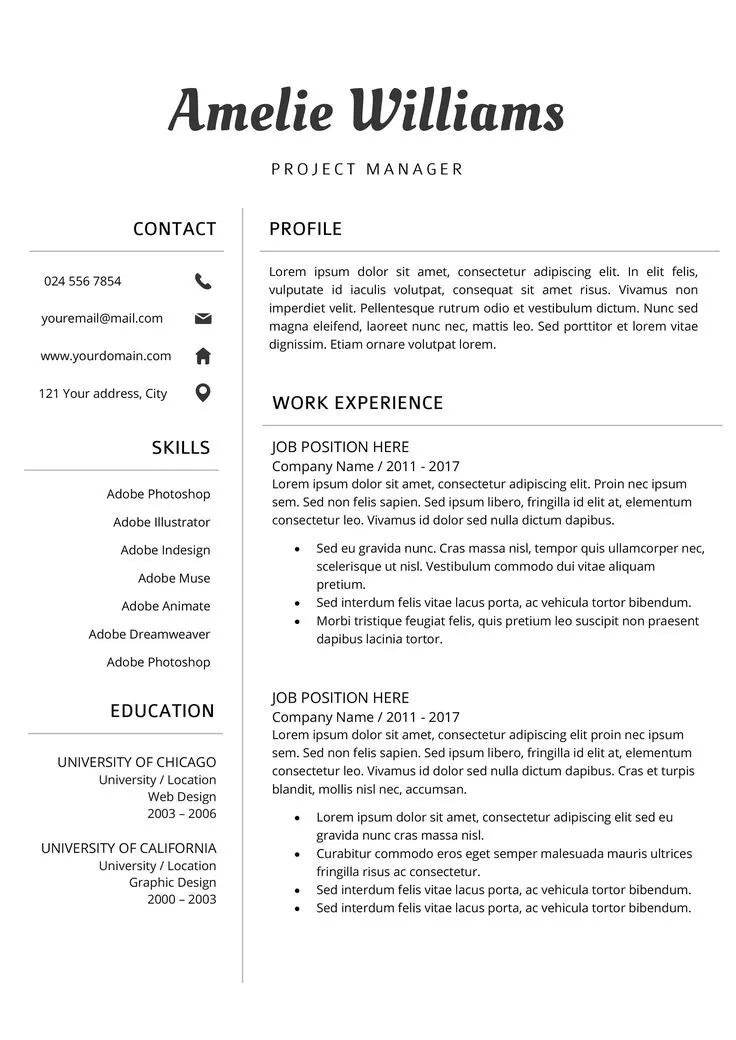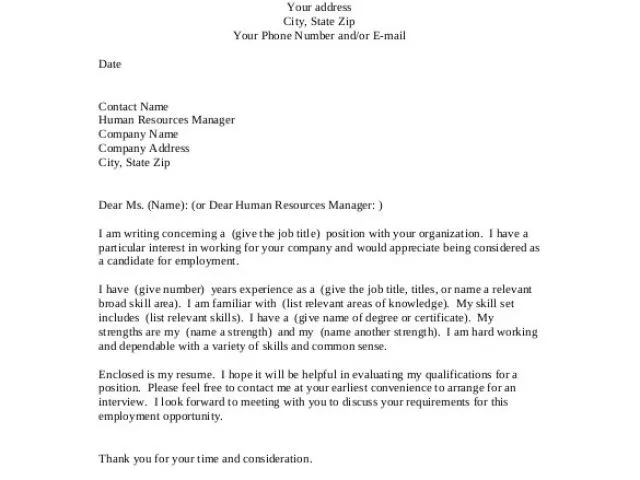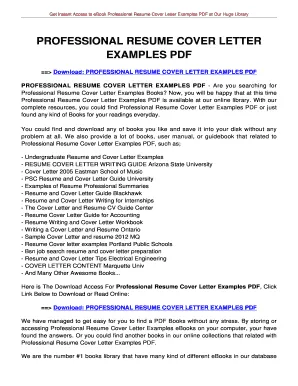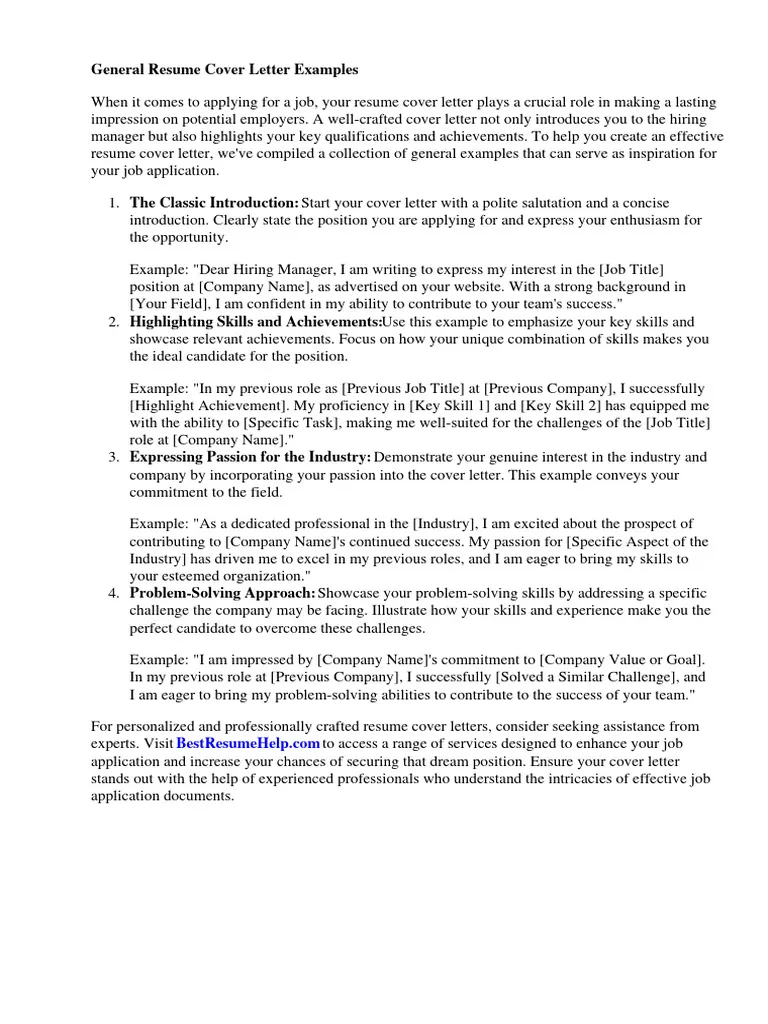Why Cover Letters Matter
In the competitive job market, a well-crafted cover letter is your first opportunity to make a strong impression. It’s more than just a formality; it’s a chance to showcase your personality, connect your experiences to the job, and demonstrate your enthusiasm for the company. While your resume provides a snapshot of your skills and experience, the cover letter adds context, explaining why you’re the perfect fit for the role. It allows you to highlight specific achievements, tailor your skills to the job description, and express your genuine interest in the company. A compelling cover letter can significantly increase your chances of getting an interview, setting you apart from other applicants who may rely solely on their resumes. It’s your chance to tell a story and convince the hiring manager that you’re more than just a list of qualifications.
Grabbing Attention Immediately
The opening paragraph is your chance to hook the reader and make them want to learn more. Avoid generic greetings and instead, start with a compelling statement or anecdote that immediately showcases your understanding of the role and your passion for the company. Consider starting with a specific accomplishment or a problem you solved in a previous role that aligns with the job’s requirements. Mentioning how your previous experiences align with the company’s needs, demonstrating your understanding of their goals and challenges. This demonstrates that you’ve done your research and are genuinely interested in the position. Keep it concise and focused, using strong action verbs to convey your enthusiasm and expertise. A well-crafted opening sets the tone for the rest of your letter and encourages the reader to continue, making a lasting positive impression from the very beginning.
Highlighting Relevant Skills

Your cover letter should highlight the skills most relevant to the job, not just list everything you’ve ever done. Carefully review the job description and identify the key skills and qualifications the employer is seeking. Then, provide specific examples of how you’ve utilized those skills in your previous roles. Instead of just stating that you have project management skills, describe a project you successfully managed, the challenges you overcame, and the positive results you achieved. Use action verbs to showcase your accomplishments and quantify your achievements whenever possible. This provides concrete evidence of your abilities and makes your claims more credible. By tailoring your skills to the specific job requirements, you demonstrate your understanding of the role and your ability to contribute to the company’s success. This targeted approach makes your cover letter more impactful and increases your chances of getting noticed by the hiring manager.
Quantifying Achievements
Numbers add weight to your claims and make it easier for the hiring manager to understand the impact of your work. Whenever possible, quantify your achievements using data, statistics, or specific metrics. Instead of saying you improved sales, state that you increased sales by 15% in one quarter, or by implementing a new marketing strategy. Use percentages, dollar amounts, and other measurable results to demonstrate your accomplishments. This level of detail provides concrete evidence of your abilities and makes your claims more persuasive. Quantifying your achievements also helps the hiring manager compare your performance against the job requirements and assess your contributions more effectively. By focusing on measurable outcomes, you strengthen your cover letter and increase your chances of making a positive impression. This approach shows that you understand the importance of data-driven results and can contribute to the company’s bottom line.
Tailoring to the Job Description
A generic cover letter simply won’t cut it in today’s competitive job market. Tailoring your cover letter to each specific job application is crucial for demonstrating your genuine interest and showing the hiring manager that you’re a good fit for the role. Carefully review the job description, paying close attention to the keywords, skills, and qualifications the employer is seeking. Then, customize your cover letter to directly address these requirements, providing specific examples of how your background aligns with the role. This might involve adjusting your language, highlighting relevant projects or experiences, and emphasizing the skills that match the job’s needs. Customization demonstrates your attention to detail, initiative, and commitment to excellence. It showcases that you’ve done your research and are genuinely interested in the position. By tailoring your cover letter, you make it clear that you understand the company’s needs and can contribute to their success.
Showcasing Personality & Enthusiasm

While maintaining a professional tone is essential, your cover letter also provides an opportunity to showcase your personality and enthusiasm for the role. Let your passion for the job and the company shine through in your writing. Express your genuine interest in the opportunity and share what excites you about the role. This could involve mentioning specific projects you’re interested in, highlighting your commitment to their mission, or expressing your eagerness to contribute to their team. A bit of personality can make you more memorable and engaging, helping you stand out from other applicants. Show your excitement without overdoing it; let your positive attitude and genuine interest in the company come through naturally in your writing. This allows the hiring manager to see beyond your qualifications and envision you as a good fit for the company culture, increasing your chances of getting an interview.
Expressing Interest and Following Up
The closing paragraph of your cover letter should reiterate your interest in the position and express your enthusiasm for the opportunity. Thank the hiring manager for their time and consideration and clearly state your intention to follow up. Indicate your availability for an interview and express your eagerness to discuss your qualifications further. It is crucial to follow up appropriately to demonstrate your continued interest and commitment. Research the company’s preferred method for follow-up. This might be an email, a phone call, or a connection on LinkedIn. By expressing your continued interest and initiating a follow-up, you keep yourself top of mind and increase your chances of moving forward in the application process. This final step shows that you are serious about the opportunity and are willing to go the extra mile.
Proofreading and Formatting
Before submitting your cover letter, meticulously proofread it to ensure it is free of errors. Errors in grammar, spelling, and punctuation can create a negative impression and damage your credibility. Carefully check for typos and grammatical mistakes. Read the letter aloud to catch any awkward phrasing or unclear sentences. It’s wise to ask a friend, family member, or career counselor to review your letter as well, as a fresh pair of eyes can often spot errors you may have missed. Ensure your formatting is consistent and professional. Use a clear font, maintain consistent spacing, and organize your content logically. Make sure your contact information is accurate and up-to-date, and that the hiring manager’s name and title are correct. A well-proofread and formatted cover letter demonstrates your attention to detail, which is a critical attribute for any professional.
Ensuring Professionalism

Your cover letter must reflect a high degree of professionalism. Maintain a professional tone throughout, avoiding slang, jargon, or overly casual language. Use proper business etiquette, including a formal salutation (e.g., “Dear Mr./Ms. [Last Name]”) and a professional closing (e.g., “Sincerely” or “Best regards”). Ensure your cover letter adheres to a standard business format. Include your contact information at the top, and address the letter to the hiring manager by name if possible. Avoid using excessive or distracting formatting, and stick to a simple, easy-to-read font. Present yourself as a competent, reliable, and professional candidate who is ready to contribute to the company. The goal is to create a positive and lasting first impression, reflecting your commitment to excellence and respect for the hiring process. Your cover letter should represent the best version of you, ensuring that it accurately and positively reflects who you are as a professional.
Final Review and Submission
Before submitting your cover letter, conduct a final review. Ensure it’s free of errors, well-formatted, and perfectly tailored to the specific job description. Verify all your contact information and confirm that the letter is addressed to the correct person. Read it aloud to assess the flow, clarity, and overall impact of your message. If requested, save your cover letter as a PDF file to maintain the formatting across different devices and operating systems. If the job posting specifies any particular file format or formatting guidelines, make certain you adhere to them meticulously. After submission, follow up appropriately if you haven’t heard back within the suggested timeframe. This final, careful review can significantly improve your chances of success. By perfecting your cover letter, you’re making a valuable investment in your job search, one that can yield substantial rewards and help you secure the job of your dreams.
